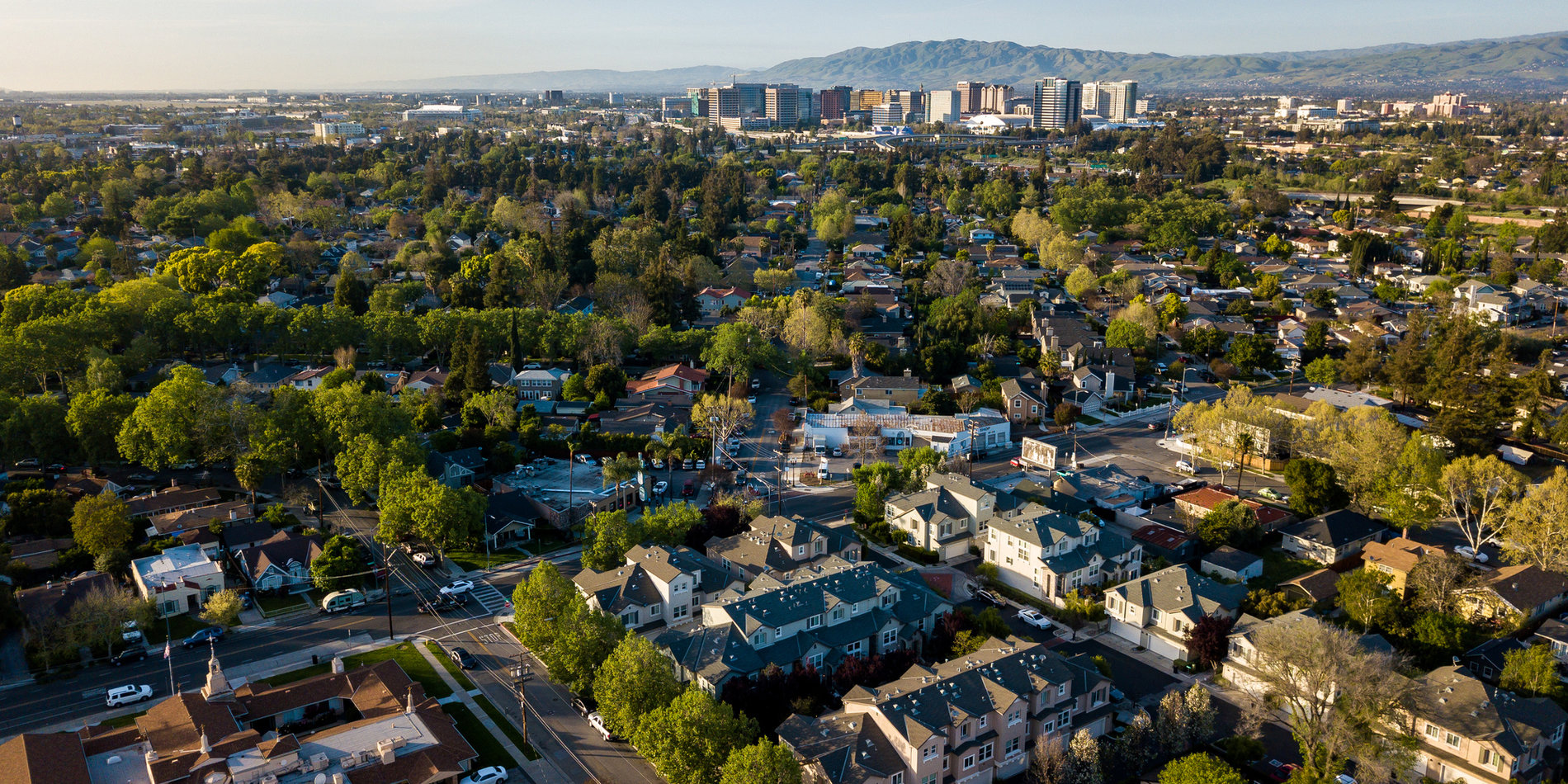Can technology help reduce inequalities between neighborhoods within the same city?
How can technology reduce social inequality? A team of Stanford researchers is using vehicle-mounted sensors, cameras, and other devices to assess neighborhood conditions, such as air, pollution, potholes, and building deterioration, with an eye toward improving people’s well-being, bringing communities together, and shrinking the gap between haves and have nots.
The data they collect could enable cities to be more nimble and targeted in how they use limited resources to address inequalities in physical environments. “Neighborhoods play a key role in affecting well-being and different life outcomes, but we know less about the pathways through which they have effects, especially when it comes to the physical environment of neighborhoods” said project co-principal investigator Jackelyn Hwang, an assistant professor of sociology at the Stanford School of Humanities and Sciences. “The majority of residents that my team interviewed in Oakland mentioned how their physical environment creates stress, and damages their wellbeing,” Hwang said, recalling her experience interviewing Oakland residents for a separate study.
Looking at how urban environments affect wellbeing requires a lot of data. Getting that data on a large scale can be tremendously costly and time-consuming, requiring installation and monitoring of sensors at numerous locations. So, with funding from the Stanford Woods Institute for the Environment’s Environmental Venture Projects grants program, Hwang teamed up with civil and environmental engineering professors Hae Young Noh and Sarah Billington.
“We’re integrating natural sciences, social sciences and engineering, in the spirit of much of the research Woods supports,” Billington said. “It’s easy and inspiring to interact across schools and across the university. The expertise is close by.”
Starting in the city of San Jose, California, the team is collecting data through cars outfitted with air quality sensors, vibrations sensors, cameras, and microphones. City administrators are watching the project closely, and have expressed interest in outcomes related to natural disasters, maintenance, operations, resource allocation, and other issues.
Billington, Hwang, and Noh are working with community partners to ensure their focus relates to concerns of residents, who they hope will come to feel invested in the project too.
“It’s not just my house that matters, but my neighborhood,” Noh said. “Whether they’re maintaining their yard, or whether there’s trash on the street, whether they feel safe to walk around, walk their dog in the evening, all these things matter to your overall wellbeing,”
The researchers acknowledge the need to protect people’s privacy and ensure data is not used to harm anyone. They are carefully assessing who should have access to the data and how it should be used. They’re also keeping their eyes on the goal of making life better.
"Our hope is that this work can help reduce spatial inequities and enhance the living conditions and wellbeing of communities that have long been marginalized and neglected,” Hwang said.



